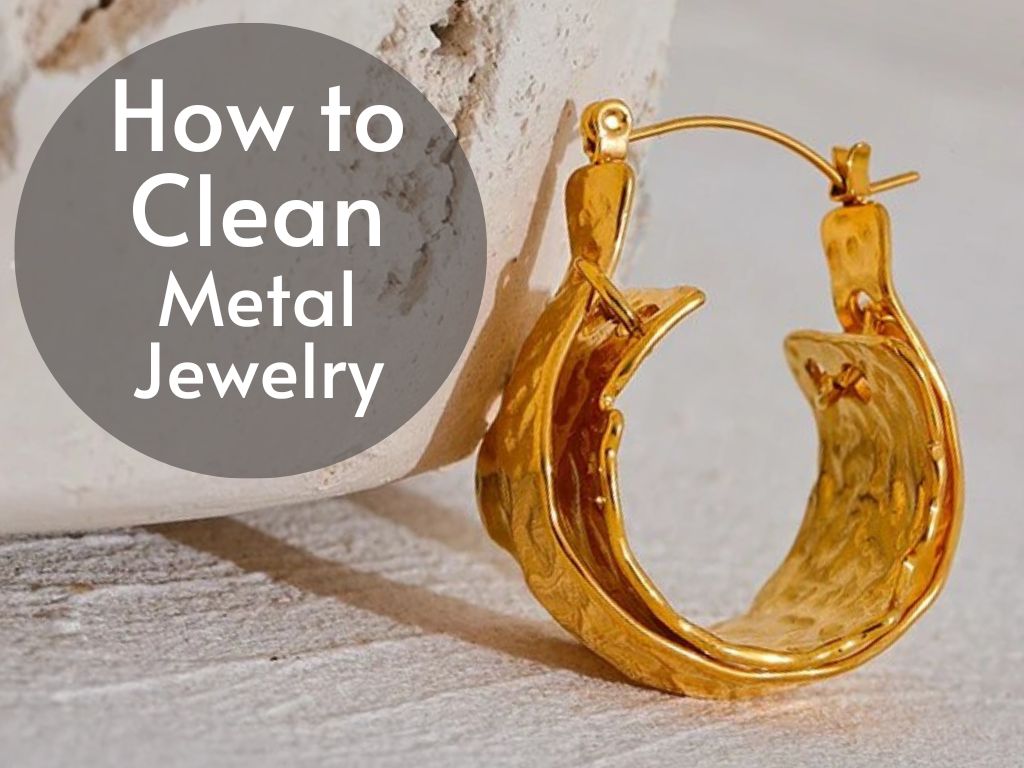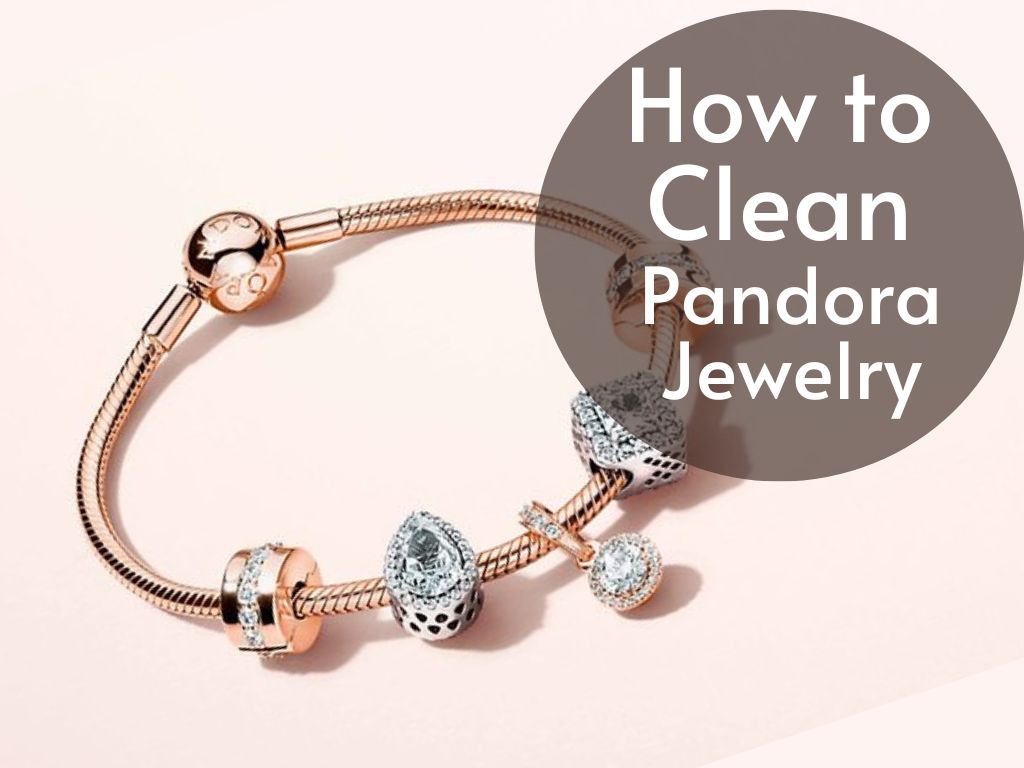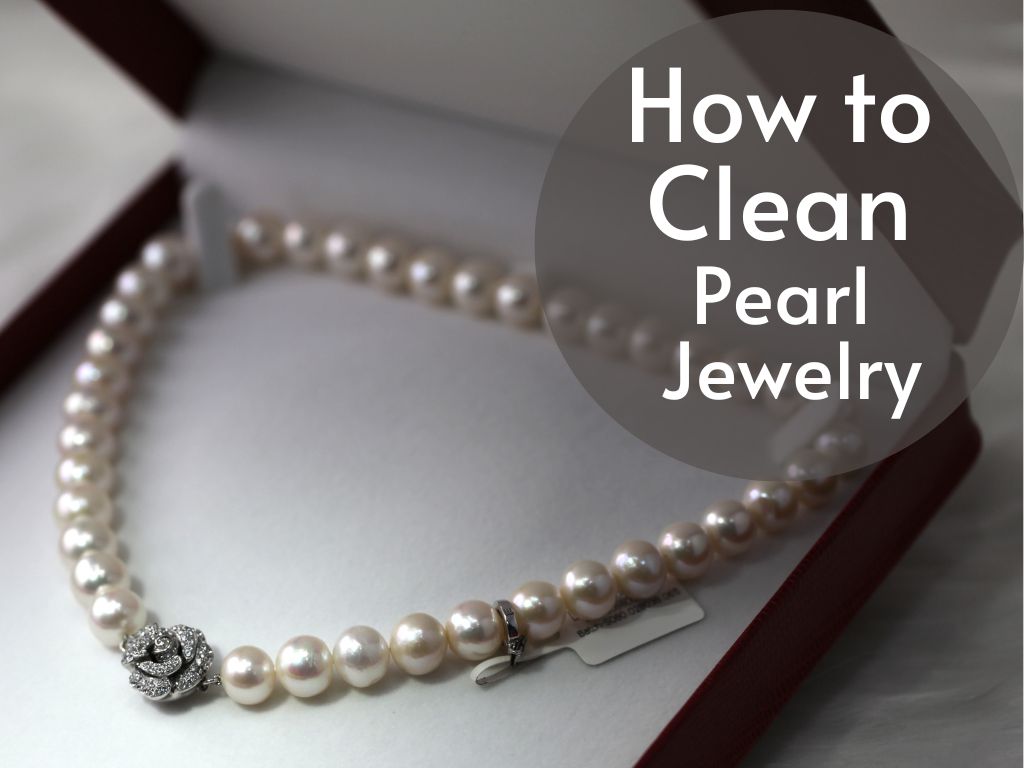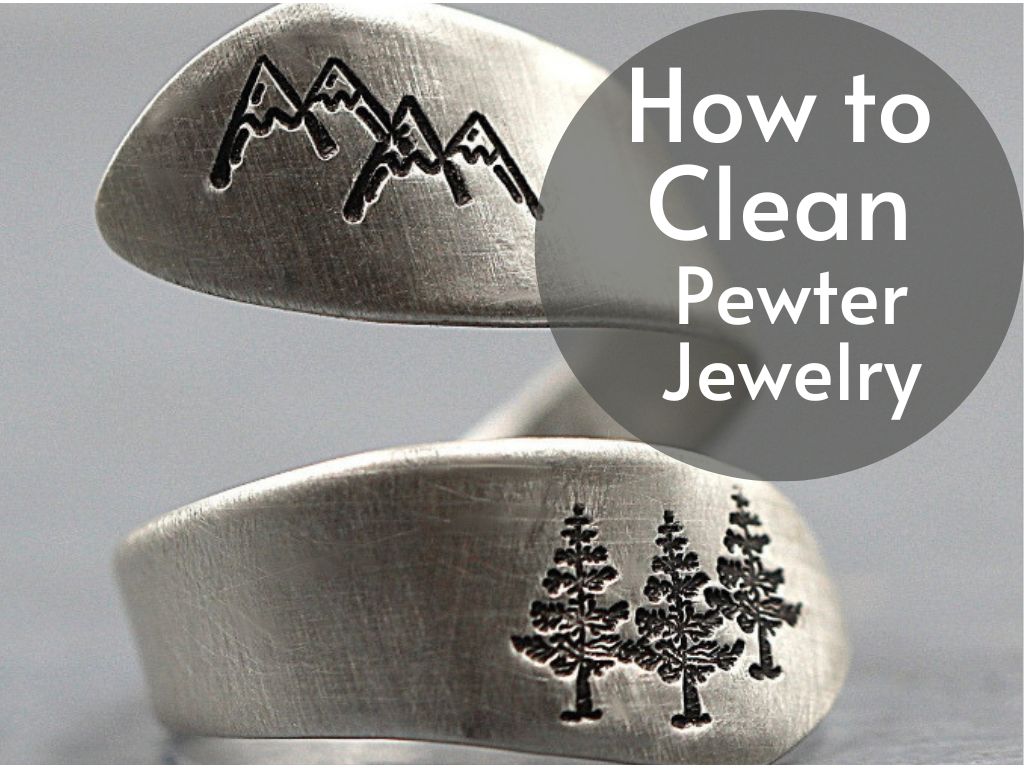Jewelry holds a special place in our lives, serving as a timeless expression of personal style and sentiment. Whether it be an heirloom piece passed down through generations or a cherished accessory that adds sparkle to our everyday lives, jewelry deserves proper care and attention to maintain its beauty and luster. Regular cleaning is crucial to preserve the brilliance of your beloved pieces and ensure they continue to shine as brilliantly as the day you acquired them.
The Importance of Keeping Jewelry Clean and Well-Maintained
Cleanliness is not only aesthetically pleasing but also essential for the longevity of your jewelry. Over time, dirt, oils from our skin, and environmental pollutants can accumulate on the surface of your favorite pieces, dulling their shine and diminishing their allure. Additionally, if left untreated, these impurities can cause damage by corroding metals or blocking light from reaching gemstones.
Maintaining clean jewelry not only ensures its visual appeal but also safeguards the sentimental value attached to each piece. Whether it’s an engagement ring symbolizing everlasting love or a cherished necklace holding memories of a special occasion, regular cleaning allows you to honor the emotional significance of your jewelry by keeping it in its best possible condition.
An Overview of Using Windex as a Cleaning Agent for Jewelry
When it comes to cleaning jewelry at home, there are numerous products available on the market. One popular option that may surprise you is Windex – yes, the versatile household cleaner! Windex’s formula has proven effective in removing grime and restoring shine on various surfaces over the years; however, its potential for revitalizing jewelry is often overlooked.
Windex offers several advantages when it comes to cleaning jewelry. Its powerful cleansing properties can penetrate stubborn dirt particles while being gentle enough not to harm delicate materials such as gold or silver.
Moreover, Windex’s ability to cut through grease means that it can effectively remove natural oils and residues that accumulate on jewelry over time. This makes it an ideal choice for restoring the brilliance of your beloved pieces without causing any damage.
In the following sections, we will delve deeper into the science behind Windex, explore the necessary precautions and steps involved in cleaning jewelry with Windex, and provide specific instructions for cleaning different types of jewelry. So, prepare to unlock the secret to restoring your favorite accessories to their former glory using an unexpected ally – Windex!
Understanding Jewelry Cleaning
Different types of jewelry materials (e.g., gold, silver, gemstones)
Jewelry comes in a myriad of materials, each requiring specific care and cleaning methods to preserve their beauty and longevity. Gold, one of the most popular choices for jewelry, is a durable metal that can withstand regular cleaning. However, it is essential to distinguish between different gold karats—24K being pure gold and more susceptible to scratches compared to lower karat alloys.
Silver jewelry is another common choice known for its elegance but prone to tarnishing due to exposure to air and moisture. Gemstone jewelry encompasses various precious or semi-precious stones like diamonds, emeralds, sapphires, rubies, etc., each with unique properties that necessitate delicate handling during cleaning.
Factors affecting the cleanliness of jewelry (dirt, oils, tarnish)
Several factors contribute to the accumulation of dirt and grime on jewelry over time. Everyday activities expose our beloved pieces to substances such as dirt, dust particles in the environment. Our skin naturally produces oils that can transfer onto jewelry when worn regularly.
These substances gradually build up on the surface of the piece and within intricate crevices or settings. Additionally, tarnish is a common issue faced with sterling silver or silver-plated jewelry due to a chemical reaction between the metal and sulfur compounds present in the air or certain cosmetics.
Common methods for cleaning jewelry (professional cleaning,Diy solutions)
When it comes to maintaining clean and sparkling jewelry pieces, there are two primary avenues: professional cleaning or DIY solutions.
Professional jewelers possess extensive knowledge about different jewelry materials and utilize specialized tools and techniques.
They often employ ultrasonic cleaners that use high-frequency sound waves to remove dirt particles from your precious adornments.
While professional cleaning is recommended periodically, it may be inconvenient or costly for regular maintenance.
DIY solutions come to the rescue in such instances, allowing you to clean your jewelry at home using readily available household
products. One such versatile option is Windex—a popular glass cleaner
that can effectively remove dirt, oil, and tarnish from various jewelry pieces.
Its gentle formula and non-abrasive nature make it suitable for a wide range of materials. However, it is crucial to understand the nuances of using Windex to clean specific types of jewelry to ensure optimal results while safeguarding the integrity of your cherished pieces.
The Science behind Windex
Composition and Ingredients of Windex
To understand why Windex is an effective cleaning agent for jewelry, it is essential to delve into its composition and ingredients. Windex is primarily composed of water, solvents, surfactants, and fragrance.
The main solvent used in Windex is isopropanol (or rubbing alcohol), which acts as a powerful degreaser and helps dissolve dirt and oils that accumulate on jewelry surfaces. Additionally, ammonia is another key ingredient found in Windex.
It acts as a versatile cleaning agent by breaking down various stains and grime. Moreover, the surfactants present in Windex aid in the removal of dirt particles from the surface of jewelry items.
These surfactants work by reducing surface tension between the cleaning solution and the jewelry, allowing for better penetration into crevices or small openings on intricate pieces. Fragrances are added to provide a pleasant smell after cleaning.
How Windex Works as a Cleaning Agent
The effectiveness of Windex as a jewelry cleaner can be attributed to its unique formulation. When applied to dirty or tarnished surfaces, the solvents present in Windex help break down oils, grease, dirt, and even some types of tarnish that may form on metal surfaces like silver or gold. This allows for easier removal during the cleaning process.
Additionally, ammonia plays a crucial role in removing stubborn stains or residues that may have built up over time on your precious accessories. Its alkaline nature helps neutralize acids formed through oxidation processes commonly seen on silver items while also dissolving various contaminants.
Furthermore, the surfactants in Windex work by surrounding dirt particles at a molecular level. They help lift these particles away from the surface so they can be easily rinsed off during the cleaning process.
This action ensures that even hard-to-reach areas and intricate designs of the jewelry are thoroughly cleaned. The carefully formulated composition of Windex, including solvents, surfactants, and ammonia, makes it an effective cleaning agent for jewelry.
Its ability to dissolve dirt and oils while providing a gentle yet thorough clean is what sets it apart. Understanding the science behind Windex not only highlights its efficacy as a jewelry cleaner but also ensures that you can use it safely and confidently on your precious pieces.
Preparing for Jewelry Cleaning with Windex
Gathering Necessary Supplies
Before embarking on the process of cleaning your precious jewelry with Windex, ensure you have all the essential supplies within reach. These items include a bottle of Windex, a soft cloth or towel, and a soft-bristle toothbrush. Opt for a fresh bottle of Windex to maximize its effectiveness in removing dirt and grime from your jewelry.
The soft cloth or towel should be lint-free to prevent any residue from sticking to your pieces after cleaning. As for the toothbrush, choose one with gentle bristles to avoid scratching delicate surfaces.
Creating a Safe and Organized Workspace
To ensure that your jewelry cleaning experience goes smoothly and without any mishaps, it is crucial to create an organized workspace. Begin by selecting an area that provides ample lighting and enough space for you to work comfortably. Lay down a clean cloth or towel on this surface to prevent any accidental drops or scratches that may occur during the cleaning process.
Additionally, make sure you have access to running water nearby for rinsing off the diluted Windex solution after cleaning each piece. It is advisable to use lukewarm water as extreme temperatures can potentially damage certain types of jewelry.
Remove any distractions or potential hazards from your workspace. Clear away clutter, such as other objects or chemicals that could accidentally come into contact with your jewelry during the process.
This will help you focus solely on the task at hand and maintain utmost care while handling your valuable pieces. By gathering all necessary supplies and creating an organized workspace, you are well-prepared and equipped to embark on the journey of revitalizing your jewelry using Windex effectively
Precautions Before Starting the Process
Ensuring the Safety of Your Precious Gems
Before delving into the process of cleaning your cherished jewelry with Windex, it is imperative to take certain precautions to protect any loose stones or delicate parts. Each piece of jewelry is unique, and some may require extra care to prevent damage during the cleaning process.
Begin by inspecting your jewelry under good lighting conditions, using a magnifying glass if necessary, to identify any loose stones or weakened components. If you notice any loose stones, refrain from cleaning the piece yourself and instead seek professional assistance.
Attempting to clean jewelry with loose stones can lead to further damage or even loss of these precious gems. Similarly, if you observe any fragile or delicate parts, such as intricate filigree work or fragile clasps, exercise caution when handling and consider seeking professional help for those pieces.
The Soaking Method: Diluted Windex Solution
Unlocking the Power of Windex for Effective Cleaning
Once you have ensured that your jewelry is free from loose stones or delicate parts that may be compromised during the cleaning process, it’s time to prepare a diluted Windex solution for soaking. The combination of Windex’s gentle yet effective formula with water creates an ideal solution for removing dirt, oils, and tarnish from various types of jewelry.
To create a safe and effective diluted Windex solution: – For delicate pieces: Mix one part Windex with three parts water.
For tougher stains/tarnish: Use a 1:1 ratio of Windex and water. After preparing the appropriate diluted solution in a small bowl or container, carefully place your jewelry inside.
Ensure that each piece is fully submerged in the solution but not overcrowded which may cause tangling or scratching between items. Allow your precious treasures to soak for a suitable duration based on the jewelry’s condition.
The Power of Time: Duration of Soaking
Striking a Balance for Optimal Results
The duration of soaking your jewelry in the Windex solution depends on its delicacy and the severity of stains or tarnish. Delicate pieces, such as those with intricate designs or fragile gemstones, require gentler treatment to avoid damage. For these pieces, soak them for approximately 10-15 minutes to allow the Windex solution to penetrate and loosen any dirt or oils without causing harm.
However, if you are dealing with tougher stains or tarnish on sturdier jewelry, extending the soaking time can be beneficial. In such cases, it is safe to leave your jewelry submerged in the Windex solution for up to 30 minutes.
This longer duration allows the solution’s active ingredients to effectively dissolve stubborn grime and restore your jewelry’s shine. Remember that moderation is key when determining the appropriate soaking time for your cherished pieces.
Over-soaking delicate items can lead to discoloration or deterioration of certain materials. Therefore, closely monitor your jewelry during this process and remove it promptly once it has achieved optimal cleanliness.
Cleaning Different Types of Jewelry with Windex
Cleaning Gold Jewelry:
Gold jewelry is known for its timeless beauty and exquisite shine. However, over time, it can accumulate dirt, oils, and smudges that diminish its brilliance.
To restore its luster using Windex, follow these steps:
1) Gently scrubbing the gold piece with a soft-bristle toothbrush dipped in diluted Windex solution: Take the gold jewelry piece and dip a soft-bristle toothbrush into the diluted Windex solution.
With gentle circular motions, carefully scrub the entire surface of the jewelry to dislodge any dirt or grime.
2) Rinsing thoroughly under lukewarm water: After scrubbing, rinse the gold jewelry under lukewarm water to remove any remaining Windex solution.
Ensure that all residues are washed away to prevent any potential damage or discoloration.
3) Patting dry with a soft cloth: Once rinsed, gently pat dry the gold jewelry using a soft cloth.
Avoid rubbing vigorously as this may cause scratches or harm delicate gemstones if present. Ensure that the piece is completely dry before storing or wearing it again to maintain its pristine condition.
Cleaning Silver Jewelry:
Silver jewelry adds an elegant touch to any outfit but tends to tarnish over time due to exposure to air and moisture. To effectively clean silver jewelry using Windex, follow these steps:
- Using a cotton ball or cloth soaked in diluted Windex solution: Take a clean cotton ball or cloth and soak it in the diluted Windex solution. Gently rub this dampened cloth on the tarnished areas of your silver jewelry. The ammonia content in Windex helps dissolve tarnish without being overly abrasive.
- Rinsing under lukewarm water: Once you’ve thoroughly cleaned your silver jewelry with the diluted Windex solution, rinse it under lukewarm water. This step is crucial to remove any remaining Windex residue and tarnish particles.
- Patting dry with a soft cloth: After rinsing, pat your silver jewelry dry using a soft cloth. Be sure to handle it gently to avoid bending delicate parts or gemstones. Once completely dry, your silver jewelry will regain its radiant shine, ready to be worn with pride.
Conclusion
Cleaning jewelry with Windex can be a simple and effective way to restore its sparkle and brilliance. Whether you are dealing with gold or silver pieces, following the proper steps ensures that your treasured items stay in remarkable condition. Remember to always exercise caution while cleaning and handling delicate jewelry.
With the power of Windex and a little care, you can keep your favorite accessories looking stunning for years to come. So go ahead, indulge in the joy of sparkling jewelry knowing that maintaining their beauty is within reach!





